There’s something comforting about the way our grandparents cooked—slow, deliberate, and with very little waste.
They didn’t have fancy gadgets or same-day grocery delivery, but they knew how to stretch a dollar in the kitchen. And believe it or not, many of those old-school habits are exactly what we need today to save serious money on food.
In a world of pre-packaged meals and endless takeout options, it’s easy to forget that cooking doesn’t have to be expensive. Those tried-and-true methods from generations past weren’t just about flavor—they were about making do, using every bit, and planning ahead.
These were the original budget hacks, long before coupons and cashback apps entered the scene.
Whether it was simmering broth from leftover bones or turning scraps into a second (or third) meal, the kitchen was a place of resourcefulness. It wasn’t just about feeding the family—it was about stretching every ingredient to its full potential.
And spoiler alert: many of those techniques are still incredibly relevant today. Sure, we love our air fryers and meal kits, but there’s real value in going back to basics.
Learning to bake your own bread, preserve seasonal veggies, or cook in bulk might seem time-consuming, but the savings add up fast. Plus, you’ll gain more control over what’s going into your food—and a deeper appreciation for it.
This isn’t about giving up modern convenience entirely. It’s about blending the best of both worlds: the wisdom of the past with the tools of the present. So if you’re looking to slash your grocery bill without sacrificing quality, it’s time to dig into the playbook of the past.
Here are 15 old-school cooking habits that aren’t just charming—they’re incredibly cost-effective. Let’s bring them back, one delicious dish at a time.
1. Cooking From Scratch Instead of Using Packaged Foods
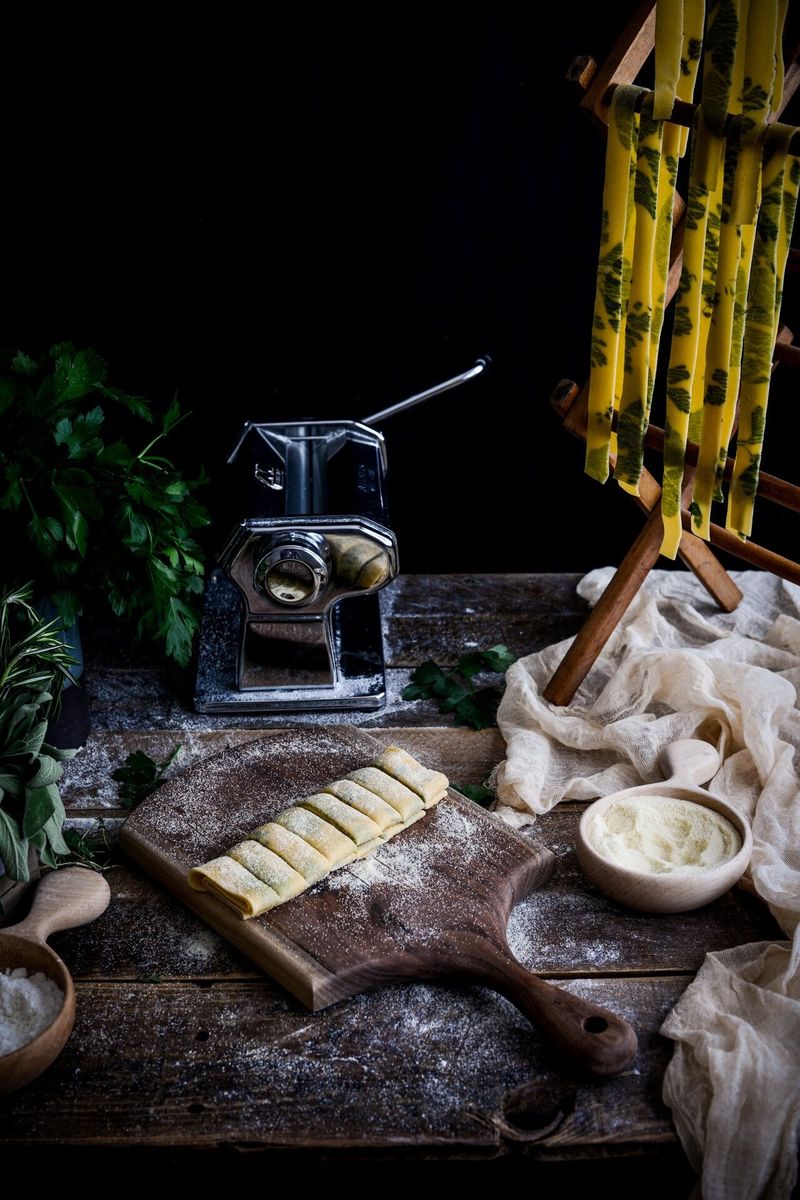
Unlocking flavors with raw ingredients can lead to magic in the kitchen. Cooking from scratch might seem like extra work, but it gives you control over what you eat. Using fresh vegetables, grains, and proteins, you create meals that are both nutritious and cost-effective.
Processed foods often hide hidden costs and unhealthy additives. By embracing the basics, you not only broaden your culinary skills but also save money. Plus, there’s something deeply satisfying about making a meal from the ground up.
Imagine the aroma of homemade bread wafting through your home, a testament to your effort. It’s a journey back to simplicity, where taste and thriftiness coexist beautifully. In a world full of shortcuts, choosing the long road can be a rewarding path to savings.
2. Saving Vegetable Scraps for Homemade Broth
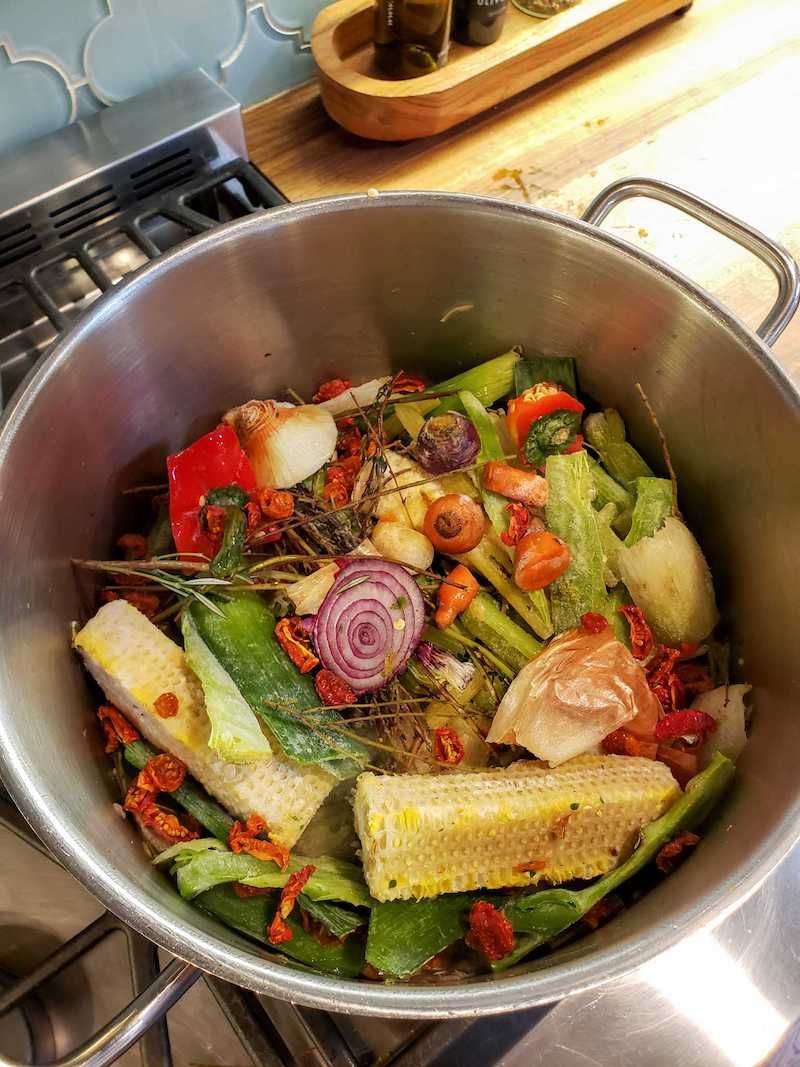
The simple act of collecting vegetable scraps can transform your cooking. Instead of tossing those onion skins and carrot tops, save them for a homemade broth. This eco-friendly practice not only reduces waste but also enhances your dishes with rich flavors.
A simmering pot of broth on the stove can turn leftovers into a culinary masterpiece. What was once discarded becomes a base for soups, stews, and more. It’s sustainability at its finest, turning kitchen scraps into liquid gold.
With a little patience, you’ll find that making broth is an art. As the pot bubbles away, a deep, satisfying aroma fills your kitchen. This habit not only connects you to cooking traditions but also significantly trims your grocery bills.
3. Using Every Part of the Chicken (or Meat)
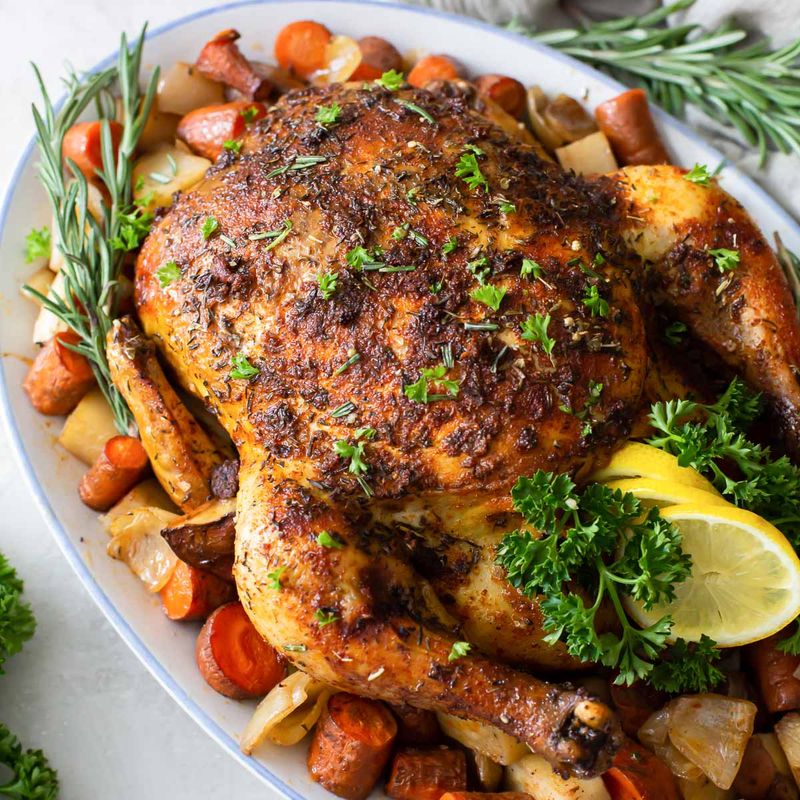
Making the most of a whole chicken is a timeless skill. From crispy skin to flavorful bones, every part has potential. By using the entire bird, you maximize value and flavor, creating multiple meals from one purchase.
Cook the meat in various ways, and don’t forget to use the bones for broth. This approach not only cuts down on waste but also ensures you get your money’s worth. It’s a practice grandparents would approve of, a nod to frugality and flavor.
Embracing this habit means creativity meets economy. Imagine turning leftovers into savory pies or rich soups. Each cut of meat tells a story, and by using every part, you honor both the animal and your budget.
4. Baking Your Own Bread at Home
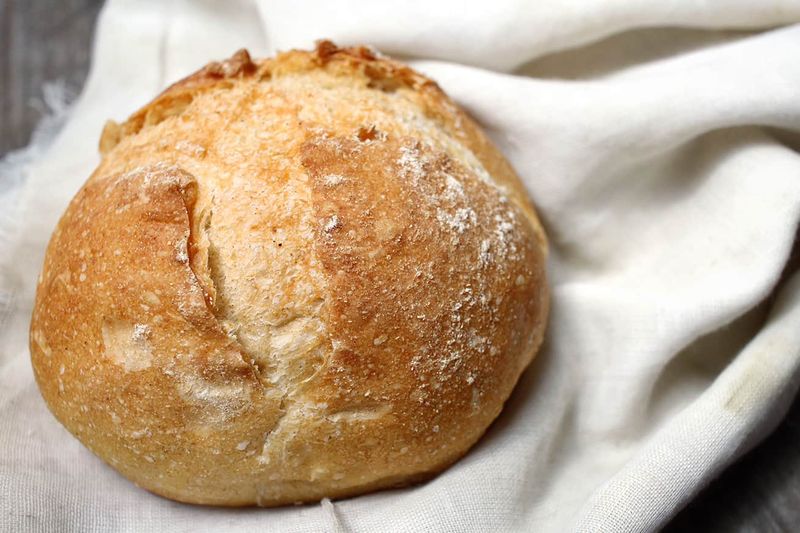
Baking bread at home can become a soothing ritual. Flour, water, yeast, and salt combine to create something magical. Not only is homemade bread delicious, but it’s also remarkably affordable compared to store-bought options.
The process of kneading dough can be therapeutic. As the dough rises, anticipation builds, and the smell of baking fills your home. It’s a simple pleasure that’s as rewarding as it is cost-effective.
Once you’ve mastered the basics, you can experiment with different flavors and textures. From sourdough to rye, the possibilities are endless. What starts as a necessity may turn into a passionate hobby, one that nourishes both body and soul.
5. Canning and Preserving Seasonal Produce
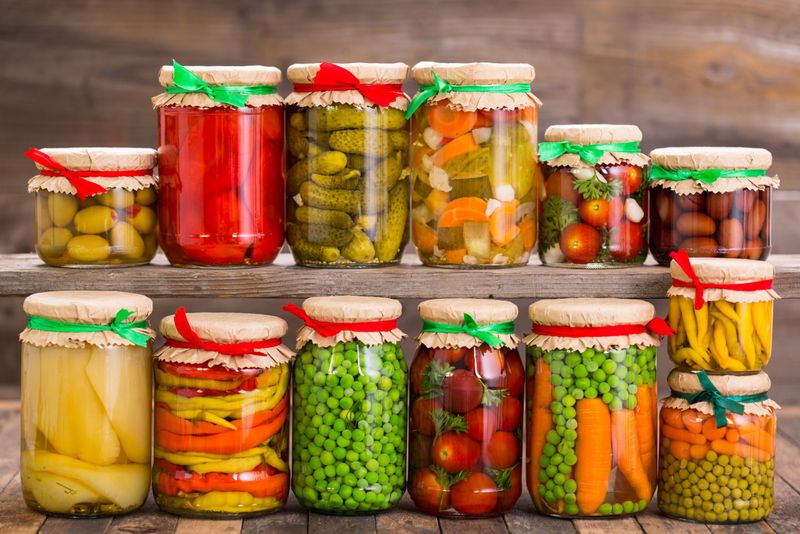
Canning is a delightful way to capture the essence of seasons. By preserving fruits and vegetables at their peak, you savor flavors all year long. It’s not just about taste; it’s a way to lock in savings and minimize food waste.
The vibrant colors of canned preserves can brighten any pantry shelf. They transform ordinary dishes into culinary delights, offering a taste of summer even in the depths of winter.
This practice connects you to nature’s rhythms. The process of canning is both art and science, requiring precision and care. But the rewards are worth it, as you open a jar of sunshine on a dreary day. It’s an investment in flavor and frugality.
6. Meal Planning for the Week Ahead
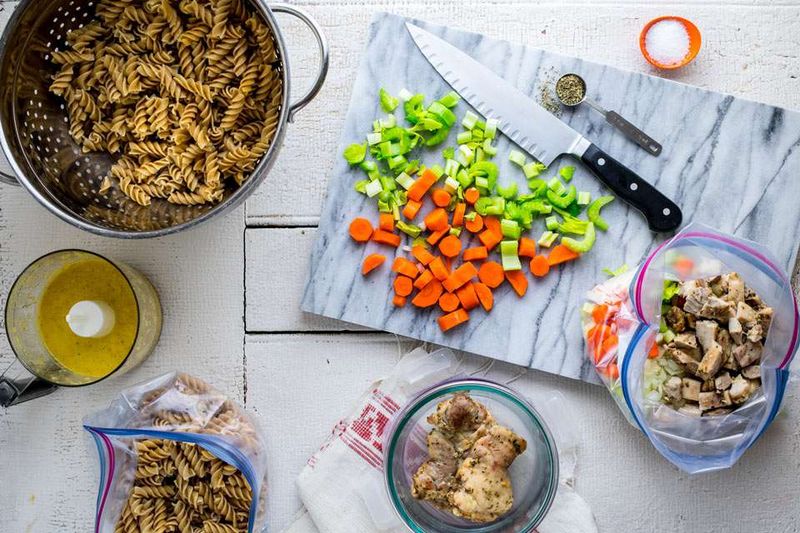
Planning meals ahead may seem tedious, but it’s a strategy that pays off. By outlining your weekly menu, you control your grocery budget and reduce food waste. This practice allows you to make the most of seasonal produce and offers variety without overspending.
With a clear plan, shopping becomes efficient. You avoid impulse buys and stick to a list, knowing exactly what’s needed. This saves money and time, turning chaos into organization.
When you know what’s for dinner, mealtime stress disappears. It’s an empowering habit that gives you control over your diet and expenses. Embracing meal planning means enjoying nutritious food without breaking the bank, all while fostering creativity in the kitchen.
7. Buying in Bulk and Freezing Portions
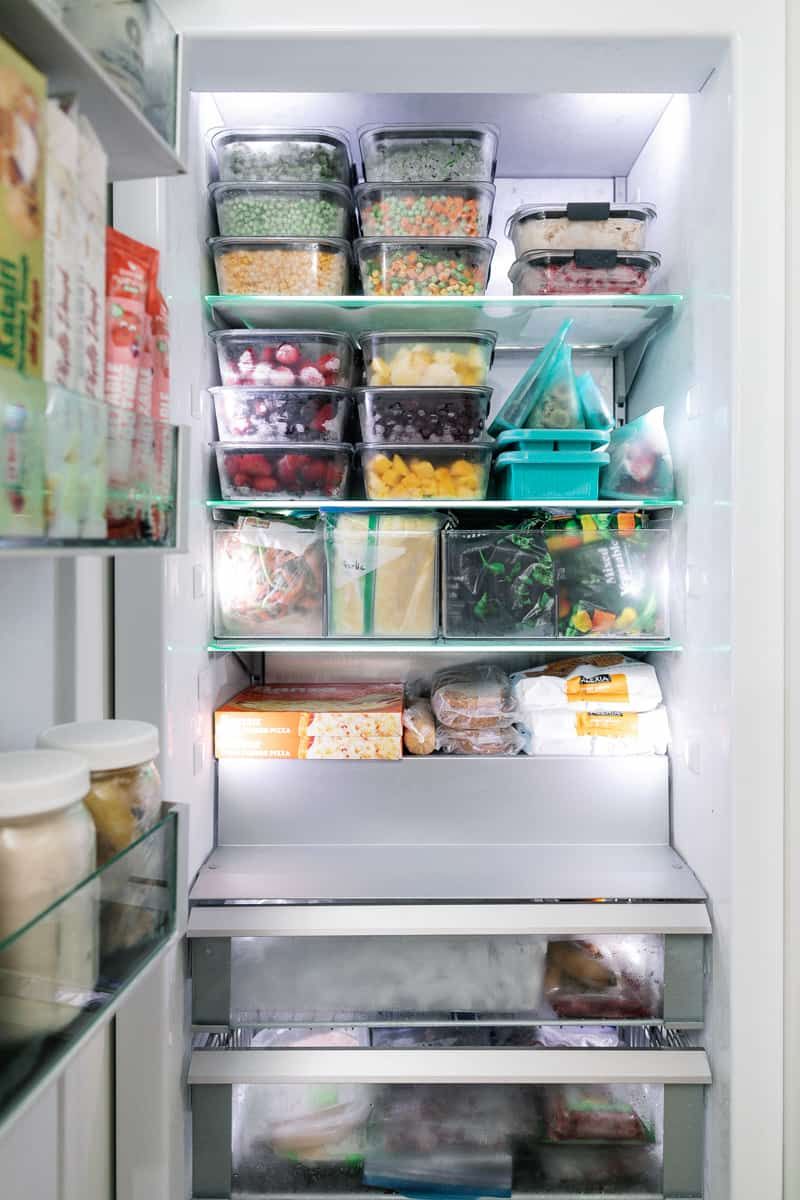
Buying in bulk is a smart way to save, especially for staples like grains and proteins. Freezing portions ensures nothing goes to waste, allowing you to enjoy discounts without the stress of spoilage.
By dividing large purchases into meal-sized portions, you prepare for future cooking adventures. It’s a method that combines thriftiness with convenience, letting you enjoy quality ingredients over time.
Imagine opening your freezer to find perfectly portioned ingredients ready to go. It’s like having a personal grocery store at your fingertips. This habit enhances your ability to cook creatively without constant trips to the supermarket, keeping both your pantry and wallet full.
8. Stretching Meals with Beans, Rice, and Grains
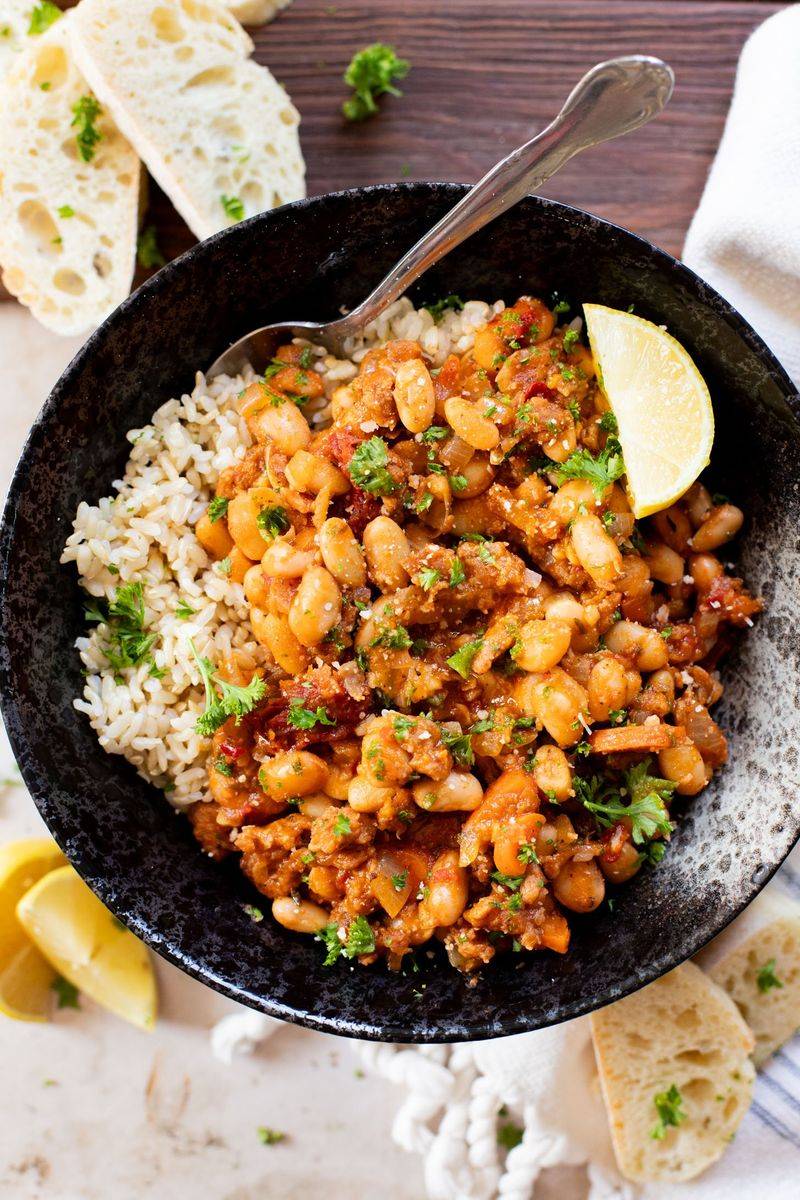
Using beans, rice, and grains is a timeless way to make meals go further. These humble ingredients are not only affordable but also versatile, lending themselves to countless delicious dishes.
Incorporating them into your meals can stretch your budget without sacrificing taste and nutrition. From hearty stews to flavorful salads, the combinations are endless and satisfying.
These staples are pantry powerhouses, offering sustenance and variety. They allow you to explore global cuisines from the comfort of your kitchen. The creativity they inspire transforms simple meals into feasts, making every penny count in the most delicious way.
9. Reusing Bacon Grease or Cooking Fat
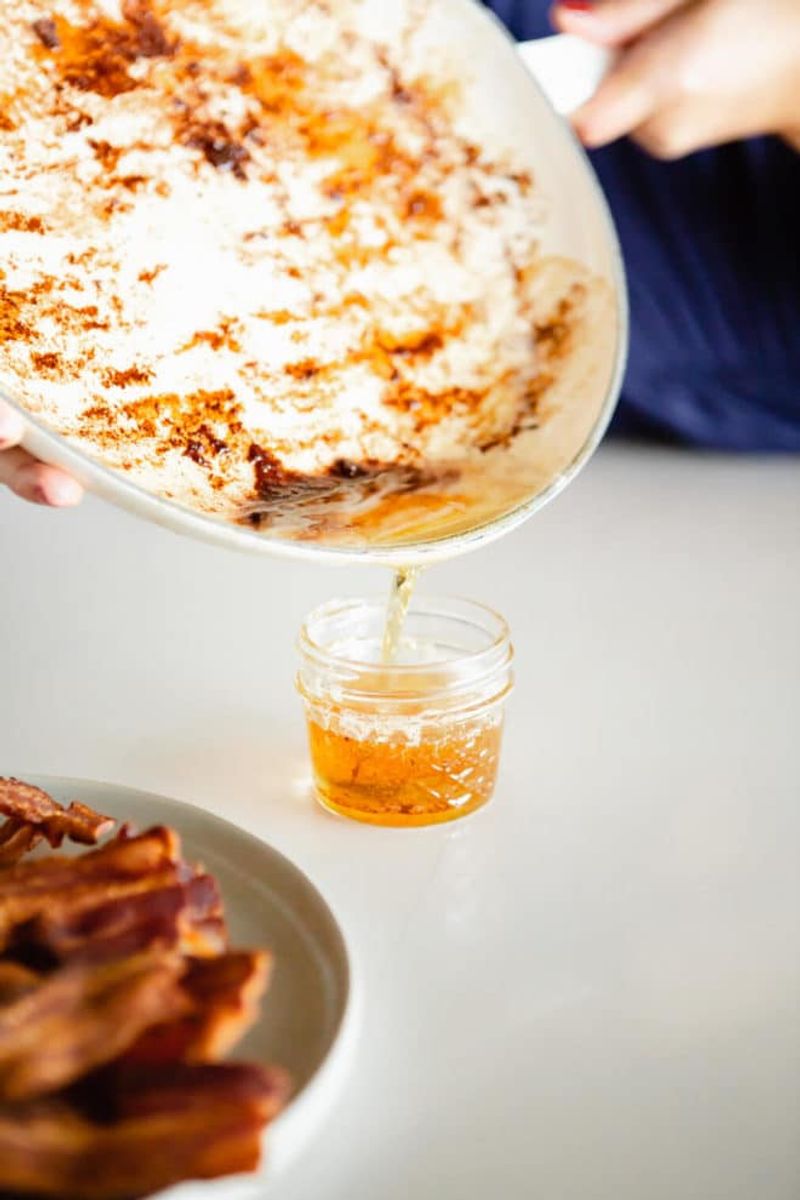
Saving bacon grease might sound old-fashioned, but it’s a trick that’s both thrifty and flavorful. A byproduct of cooking, this grease can be reused to add richness to various dishes, from sautéed vegetables to savory pastries.
Transferring the cooled grease to a jar allows you to store it for future culinary exploits. It’s a nod to resourcefulness, using every part of the ingredient to its fullest potential.
The smoky essence of bacon can elevate even the simplest dishes. This practice aligns with a zero-waste kitchen philosophy. It’s a flavorful secret that transforms ordinary meals into extraordinary culinary experiences, all while saving you money.
10. Making Your Own Sauces, Dressings, and Condiments
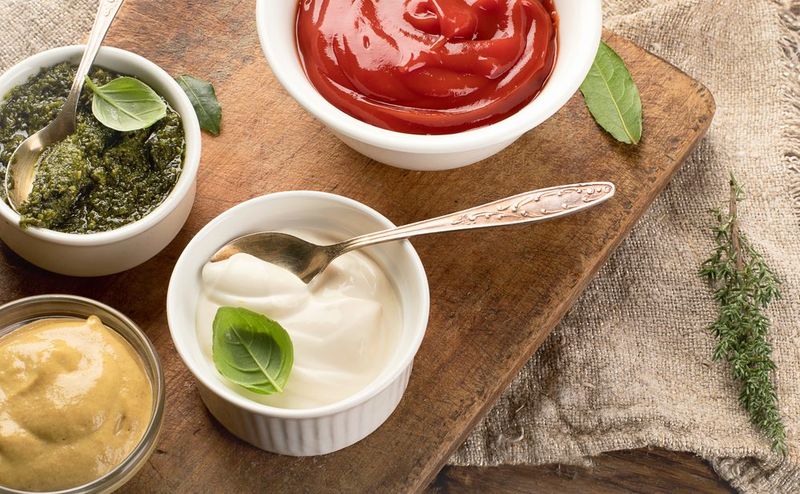
Creating your own sauces and dressings can be a culinary revelation. It allows you to tailor flavors to your liking while cutting down on grocery costs. With a few basic ingredients, you can whip up everything from zesty dressings to tangy ketchup.
This approach not only enhances your meals but also reduces reliance on store-bought options. It encourages experimentation and creativity, turning a simple dish into a gourmet revelation.
The satisfaction of making your own condiments is immense. It connects you to your food, transforming cooking into an art form. Plus, it’s a cost-effective way to add a personal touch to every meal, making dining at home even more enjoyable.
11. Cooking in Large Batches and Reheating Leftovers
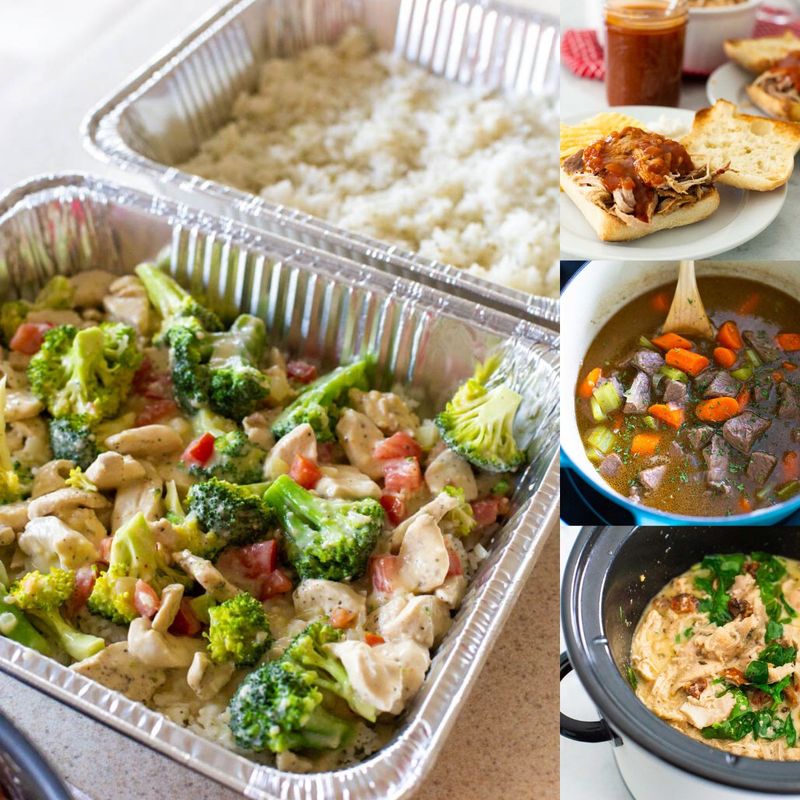
Cooking in big batches is a lifesaver for busy households. It means preparing meals once and enjoying them multiple times, reducing the need for constant cooking. This practice not only saves time but also cuts down on energy and costs.
Leftovers become a treasure trove of ready-made meals. Reheating them requires minimal effort, offering quick solutions for hectic days. It’s a habit that turns the chaos of mealtime into a delightfully organized affair.
With a little planning, you can enjoy diverse meals throughout the week. This way of cooking makes the most of your grocery budget. It provides convenience and variety, proving that old-school methods still have a place in modern kitchens.
12. Growing Your Own Herbs and Simple Veggies
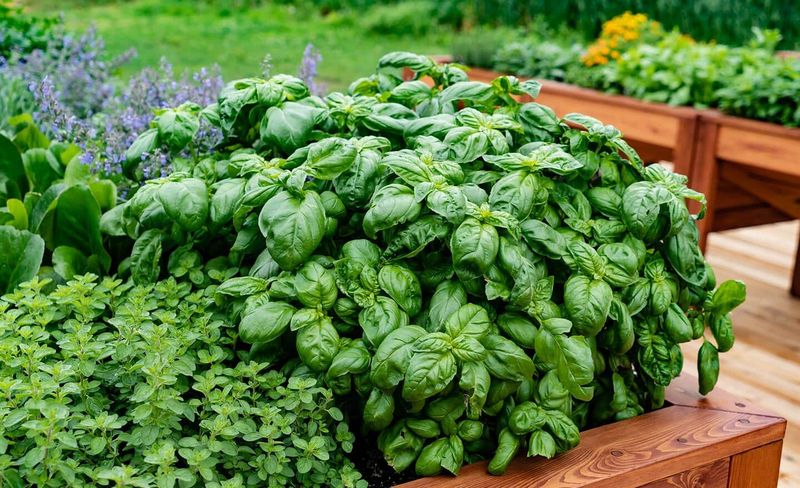
Cultivating your own herbs and veggies is both rewarding and economical. Whether you have a sprawling garden or a small balcony, growing your own produce can cut grocery costs significantly. Imagine picking fresh basil for your pasta or plucking ripe tomatoes for a salad.
Even simple herb gardens can transform your cooking. They provide fresh, flavorful additions to meals, enhancing both taste and presentation. Plus, the act of gardening connects you to nature and provides a sense of accomplishment.
By growing your own, you gain control over what you consume. It’s a sustainable approach that offers both flavor and savings. This habit reintroduces you to the joy of eating fresh, home-grown produce, making every meal a culinary delight.
13. Repurposing Leftovers Creatively
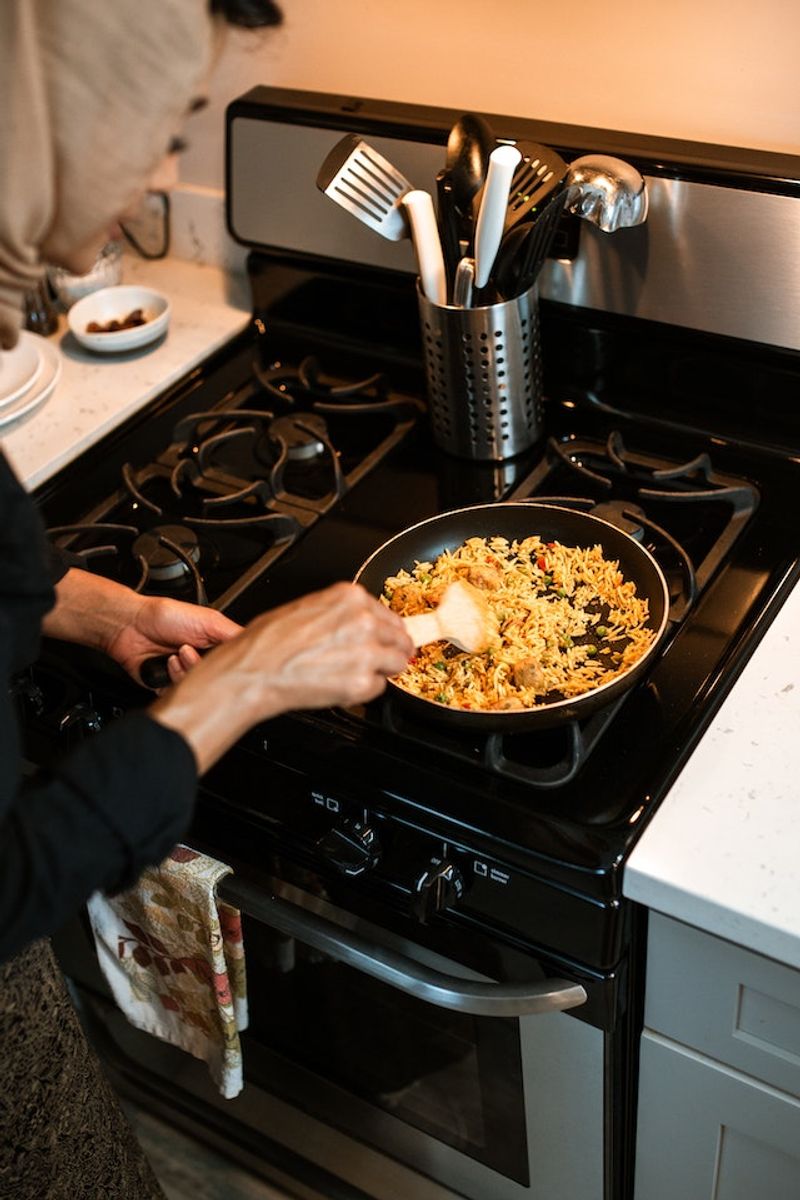
Turning leftovers into something new is an art form. With a bit of imagination, yesterday’s dinner can become today’s masterpiece. It’s a practice that celebrates resourcefulness and ensures nothing goes to waste.
From turning roast chicken into a hearty soup to creating a vibrant stir-fry from leftover rice, the possibilities are endless. This approach not only saves money but also adds excitement to your meals.
Get creative with flavors, textures, and presentations. Repurposing leftovers encourages culinary exploration, transforming the mundane into the extraordinary. It’s a cost-effective way to enjoy delicious meals while honoring the effort put into each ingredient.
14. Using a Pressure Cooker or Slow Cooker for Tough Cuts
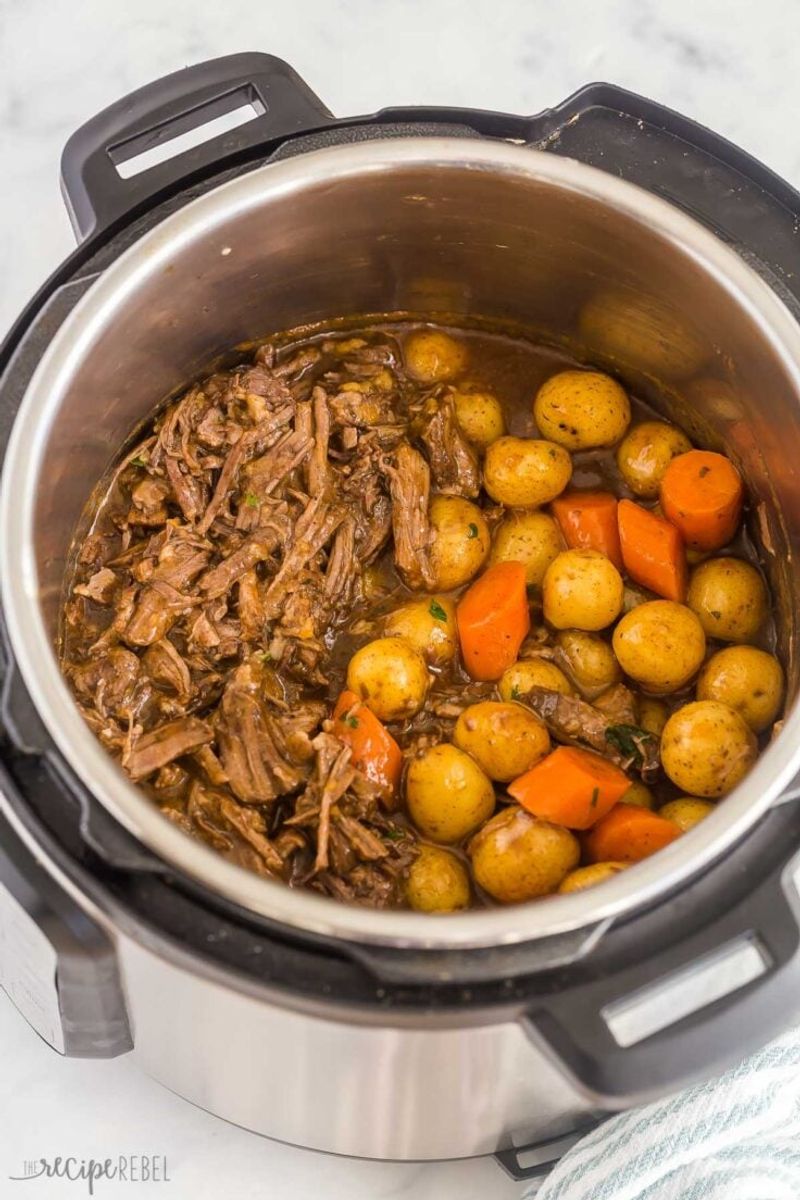
Cooking tough cuts of meat can be daunting, but a pressure cooker or slow cooker makes it effortless. These tools tenderize even the most stubborn cuts, unlocking rich flavors and making them melt-in-your-mouth delicious.
This method saves money by allowing you to purchase less expensive cuts without sacrificing taste. It’s a slow-cooking symphony that fills your home with enticing aromas while you go about your day.
The convenience of set-it-and-forget-it cooking is unmatched. You return to a meal that tastes as if it’s been simmering for hours. This technique turns budget-friendly ingredients into gourmet experiences, proving that frugality and flavor can coexist beautifully.
15. Keeping a Well-Stocked Pantry to Avoid Takeout Runs
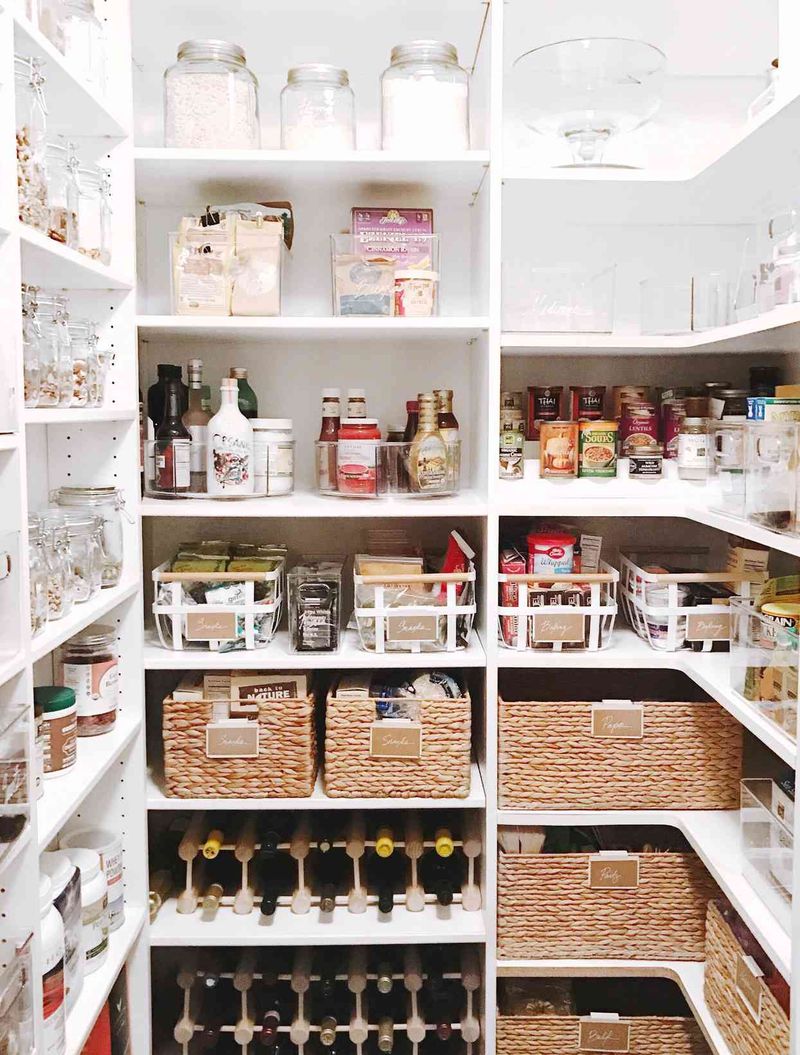
An organized pantry is your secret weapon against unexpected takeout cravings. By keeping it stocked with essentials, you ensure that delicious meals are always within reach. It’s about preparation and foresight, turning your kitchen into a culinary oasis.
With a well-stocked pantry, you can whip up meals at a moment’s notice. From pasta dishes to hearty soups, the ingredients are at your fingertips, ready to satisfy any craving.
This habit reduces the temptation to spend on expensive takeout. It encourages creativity and self-reliance, turning cooking into an enjoyable adventure. By investing in pantry staples, you invite variety and flavor into your home without breaking the bank.
Leave a comment